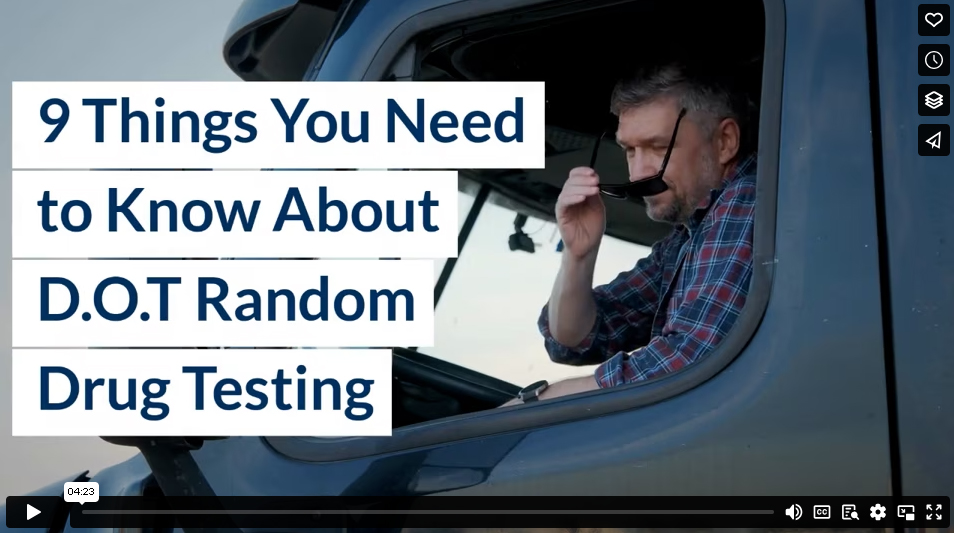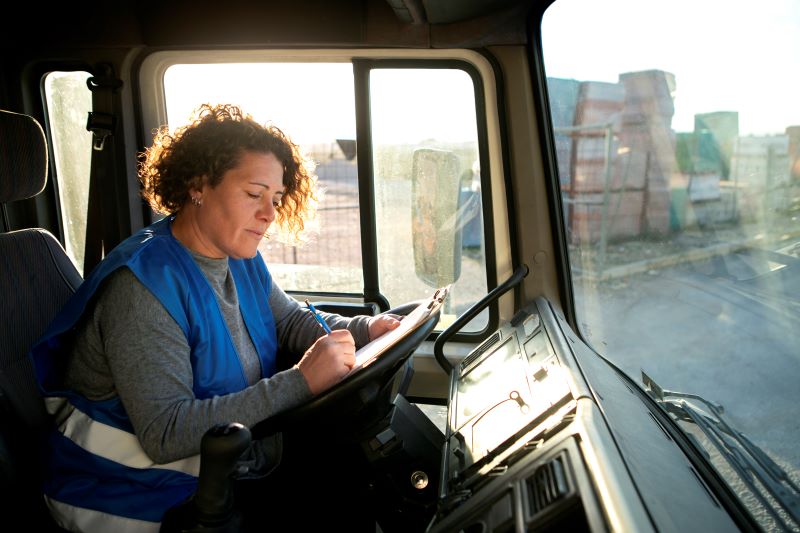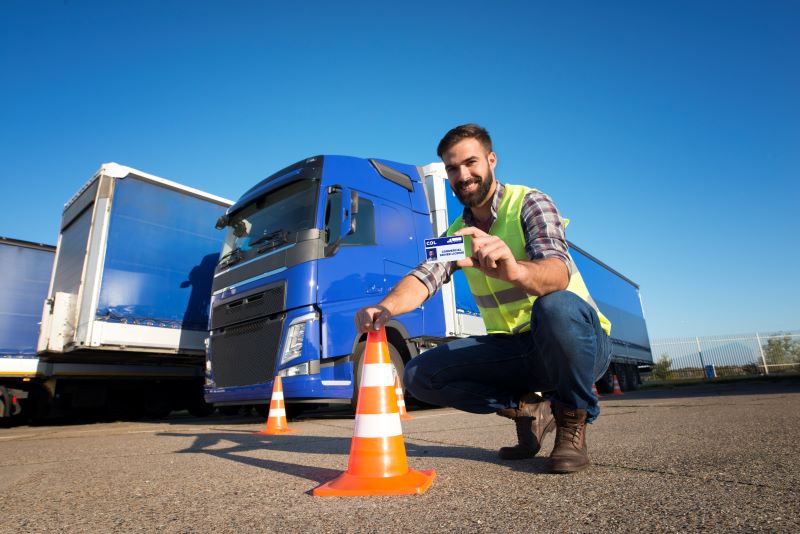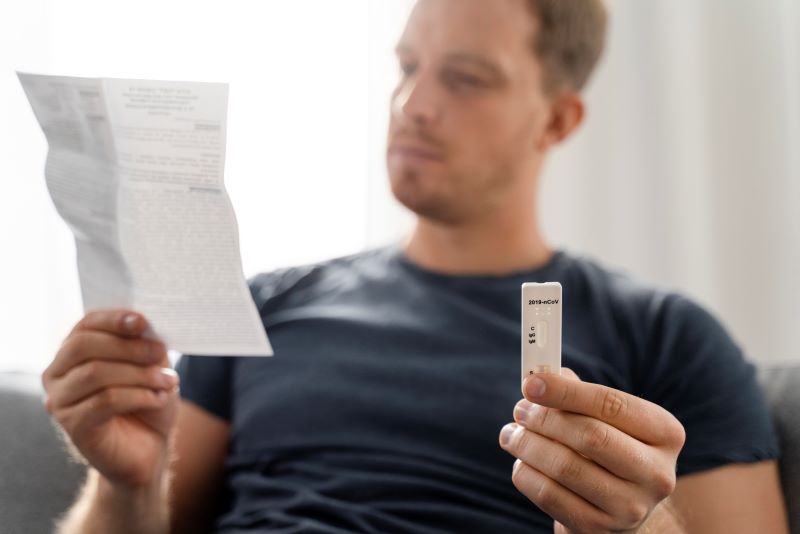The Department of Transportation requires regular, random drug tests. These tests help make sure employees are not operating a vehicle under the influence. However, random drug testing is only valid if it follows DOT regulations.
Whether you want to complete your DOT drug testing training to become a certified collector or own a trucking company, you must understand the requirements and best practices of random drug testing. Here are nine key things to consider for DOT random drug testing.
1. Employee Selections Must be Truly Random
Best practice testing pools are managed by a computer algorithm that ensures that each employee has the same probability of being selected each time. Using a computer to make a random selection ensures that the selection process is not biased in any way. Unbiased selections are the first key component of random drug testing.
Random testing is not an excuse to hand-pick an employee you suspect might be under the influence and have them tested while telling them it was a “random” selection. If you have reasonable suspicion, go through the correct steps to do a reasonable suspicion test honestly.
2. The Size of the Pool Doesn’t Affect the Probability of Being Selected
Suppose your drug testing vendor allows you to use a company-wide random pool or a larger pool with employees from other companies. In that case, it is important to note that the probability of any single employee being selected is the same. If you haven’t had an employee from your company selected for drug testing for several months, it might feel like your employees are less likely to be selected, but the probability is actually the same.
3. Do Not Notify Employees Selected for Testing in Advance
While you have a window of time to send the randomly selected employee in for testing, once notified, the employee should leave immediately without advance notice and return to work after testing. It might be wise to send employees in for testing first thing in the morning so that they are less likely to have scheduling conflicts.
4. DOT Random Tests are for Both Drugs and Alcohol
The Department of Transportation mandates that some categories of workers must submit to both random drug and alcohol tests. Therefore, if their name is pulled for a random test, your employees may be instructed to take a urine test, breath alcohol test, or both.
5. Keep Your Employees on the Clock During Random Testing
Because random testing is a job requirement, and because the employee is not violating any company policy, it is wise to keep employees on the clock while driving to the testing site, completing the testing, and driving back to work. Unlike reasonable suspicion testing, employees can continue to work while awaiting their test results.
6. No Matter How Recently Your Employee was Tested, Stick with the Random Selection
Random testing isn’t the only time employees might need to complete a drug test. If you have a new hire or an employee involved in an accident, they might have had a very recent test. Unless they are currently in a substance abuse program, they are not excused from testing if selected randomly from the pool. To maintain the integrity of your random pool, the employee selected must submit to testing, no matter how recently they had a test.
7. Reasonable Suspicion Protocols
If you notify an employee that they have been selected for a random test, and they confess that their test may likely come back positive, you should still continue with the random testing. This will ensure that you meet your testing requirements as an organization. However, for the safety of your employees and others, you should follow some of the protocols of reasonable suspicion, such as driving the employees to and from the DOT testing center and keeping them off the job until their results are back.
8. Random Testing is Inconvenient. Do It Anyway.
There is no question that random testing is inconvenient for employees and organizations alike. However, the DOT put testing regulations in place to ensure the safety of your drivers and other citizens on the roads. Safety should be your top priority, and compliance with DOT regulations ensures that you can continue operating safely for years.
9. False Positives
False positives are unlikely, but quality testing facilities take and keep two samples in case the validity of the test comes into question. If you or an employee feels that a test is not showing correct results, reach out to the physician who took the test and request a retest within 24 hours. Another lab will test the second sample to verify or refute the results.
If you can follow these suggestions, you will ensure that you follow the best-practice protocols for DOT random drug testing. This not only keeps your drivers and others on the road safe but eliminates bias from your testing practices and makes for a work culture that is safe and fair.
Video
Infographic
To become a certified collector or to manage a trucking company, it’s essential to understand the requirements and best practices for random drug testing under DOT regulations. This infographic outlines nine key factors to consider.








